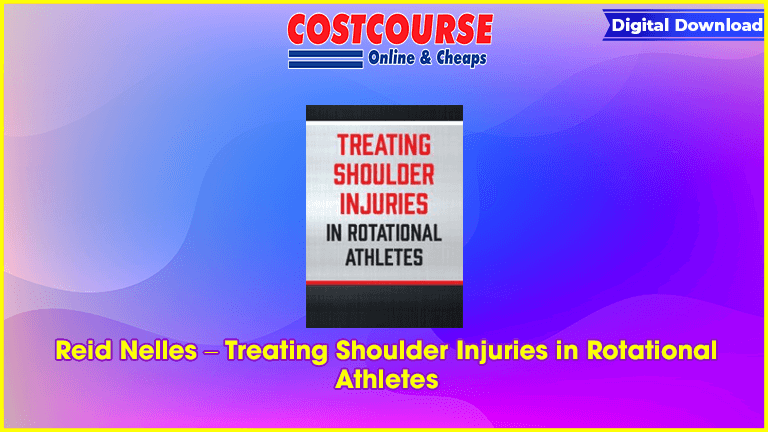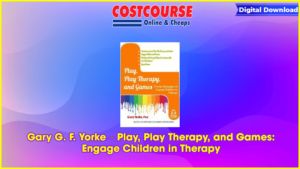Description
Talk about moving parts! The shoulder joint is complex – you need solutions that are easy to digest AND provide better outcomes for your patients. In this recording, you’ll explore evidence-based corrective exercise strategies that will address the most common shoulder dysfunctions you see in clinic.
Reid Nelles – Treating Shoulder Injuries in Rotational Athletes
We’ll also dive into how the origin of injury can impact treatment decisions – was the injury traumatic or due to overuse? Acute or chronic?
In this recording, Dr. Reid Nelles will give you step by step guide where you’ll learn:
How to quickly identify the root cause of impairment; structural, muscular, or neuro?
How to use compression or decompression to alleviate pain
Progression and regression strategies to help every type of patient you treat
You’ll also walk away with tips for using kinesiology tape to help with pain mitigation and edema. Purchse today to feel more confident your ability to treat even the most complex shoulder injuries.
Handouts
Manual – Treating Shoulder Injuries in Rotational Athletes (159.1 MB) 25 Pages Available after Purchase
Outline
Who qualifies as a Rotational Athlete?
Throwing, Kicking, Tennis, Golf, Hockey
Common Shoulder injuries across rotational sports
Traumatic vs. Over-use/Dis-use (-itis/-osis)
Acute vs. Subacute vs. Chronic
Structural vs. Muscular vs. Neuro
Treatment Techniques for three common dysfunctions
Manual Therapies (Scope of Practice Dependent):
LAB/BREAKOUT Experience with Instructor Feedback Q/A
Hands-on
Modalities
Cupping/Decompression
Compression Band Therapy
Instrument Assisted Therapies
Corrective Exercise Strategies:
LAB/BREAKOUT Experience with Instructor Feedback Q/A
Let the assessment be your guide
Isometric vs. Concentric vs. Eccentric Muscle Contraction
Global vs. Local Focus
Progression and Regression Strategies
Kinesiology Taping: LAB/BREAKOUT Experience with Instructor Feedback Q/A
Pain Mitigation
Positioning and External Cueing via Neurofeedback
Edema and Fluid Dynamics Control








